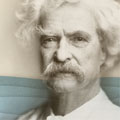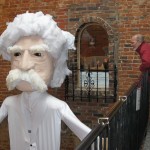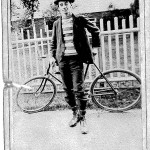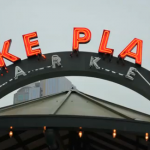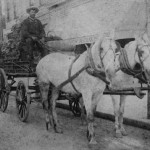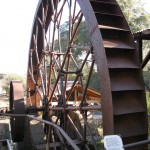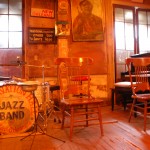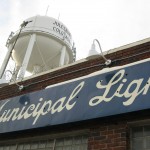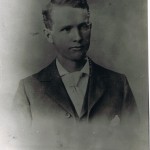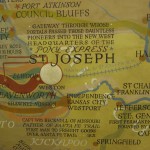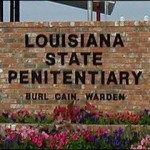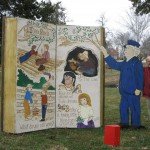After leaving New York City in a huff in October 1853, Mark Twain (Samuel Clemens) worked as a printer in Philadelphia for five months. He visited the “old cracked ‘Independence Bell’” and sat on the same pine bench where George Washington and Ben Franklin had sat. “I would have whittled off a chip if I had got a chance,” Twain said.
So we went in search of the “Independence Bell,” now called the Liberty Bell, and the bench Twain deemed worthy of whittling. Alas, we found no bench. But the Liberty Bell, which was moved in 1854, the year of Twain’s visit, from the steeple to a pedestal in Independence Hall, now resides at the far end of a modern, glass-walled building.
After passing inspection by one of a half-dozen security guards we entered an exhibit area that focused on the history of the crack in the oft-repaired Liberty Bell, first cast in 1752, and on the bell’s role as symbol. A poem by H. R. Moore declared: “Ring Loud that Hallowed BELL!…Ring it till the slave be free….”
Later exhibit panels show how the bell inspired patriotism (Liberty Loans), women’s suffrage (a Women’s Liberty Bell commissioned in 1915), the civil rights movement (“Let freedom ring,” shouted Dr. Martin Luther King), and global freedom. South Africa’s Nelson Mandela called the bell “a very significant symbol for the entire democratic world.”
Finally, the bell, thus far hidden from view, became visible. The stark, modern setting disappointed me, but not so the bell. Its very shape, from tiny crown to wide lip, suggests the vision of freedom’s expansion in Americans’ lives.
I was even more moved, however, by a Philadelphia symbol of freedom’s absence, crumbling Eastern State Penitentiary, closed in 1971. Isolated on a hill two miles from Philadelphia proper when built in 1829, the penitentiary looks ominous. The original seven cellblocks spread like the spokes of a breaking wheel used for torture in the Middle Ages.
Thirty-foot stone walls with exterior slit windows and towers topped by battlements suggest that the neo-Gothic, 12-acre prison houses dungeons and torture cells. No dungeons and torture cells exist. But the cathedral-like, barrel-vaulted ceilings—intended to inspire regret or penitence in inmates (thus the term, penitentiary)—inspire dread.
So does the prison’s philosophy. To isolate inmates from bad influences they were kept in total solitude in their cells. Entering inmates were hooded to prevent other prisoners from identifying them and discouraging easy reentry into society. But the practice reminds me of death-row prisoners being brought to the gallows.
A few parts of the penitentiary—some cellblocks, Al Capone’s recreated cell on “Park Avenue” in cell block eight, the prison synagogue and the ball field, for example—have been restored.
Fortunately total restoration is not the goal. The preservation of Eastern State Penitentiary as a stabilized ruin of peeling plaster and crumbling cellblocks strengthen its power as a symbol of freedom denied.
Loren Ghiglione



